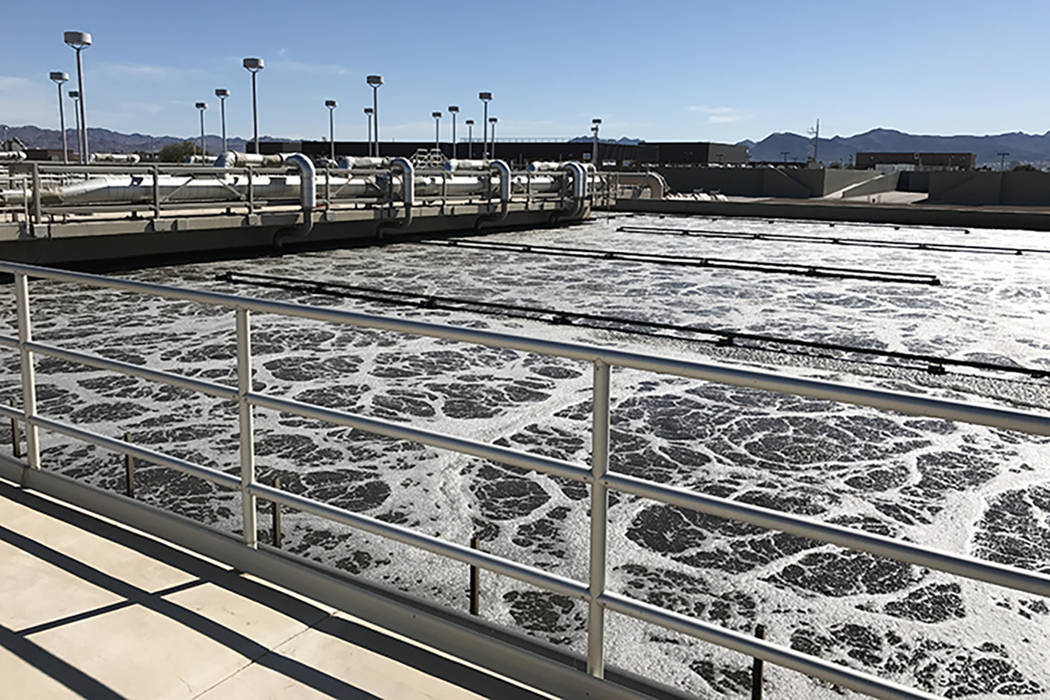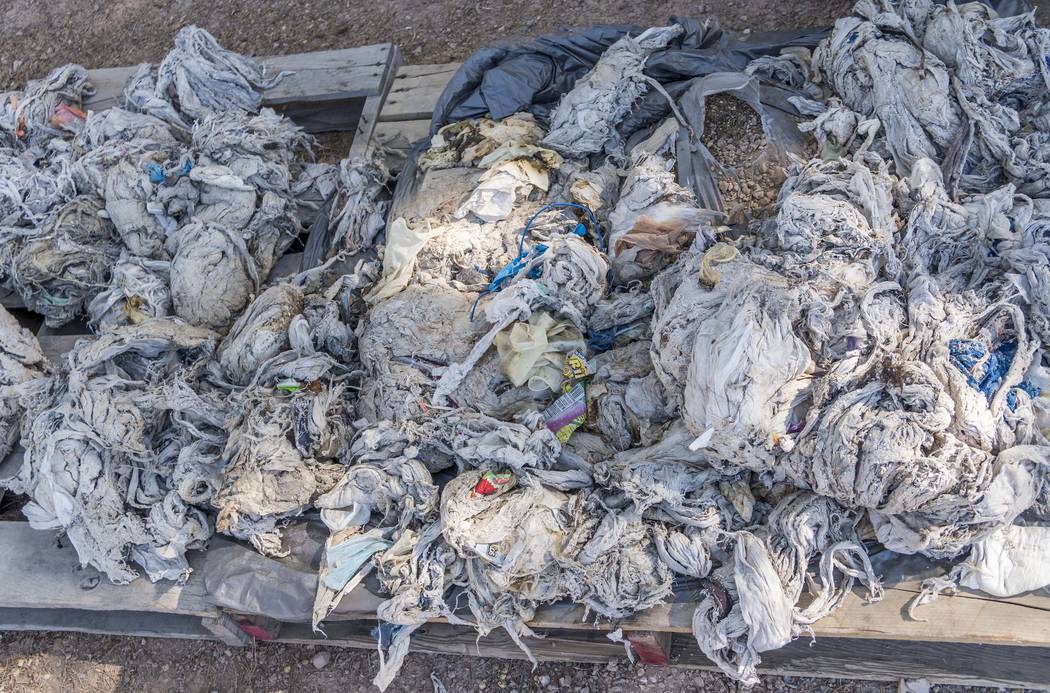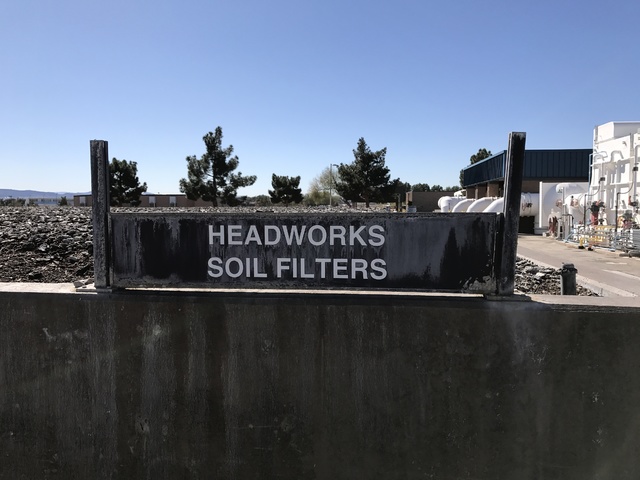As usage of flushable wipes rises, so do sewer-cleanup costs
You should think twice before sending those “flushable” wipes down the toilet.
That’s because items like Cottonelle’s FreshCare flushable cleansing cloths, Charmin’s Freshmates flushable wipes and even the “100 percent biodegradable” Dude Wipes don’t break up when they get flushed down your toilet. Most of the time they collect in municipal sewer systems, such as Las Vegas’s own, causing large blockages that cost tens of thousands of dollars to remove.
“Wipes are becoming more of an issue,” said Clark County Water Reclamation District spokeswoman Julie Chadburn. “They’re being marketed as more of a convenience product. And they say flushable. And they indeed flush. They just don’t break up like toilet paper.”
The use of flushable wipes has increased significantly in the past 10 years, said Cynthia Finley, director of regulatory affairs for the National Association of Clean Water Agencies. The organization has been working with the wipes industry for years to try to improve labeling and flushability.
Finley said the group had some success this year when industry leaders agreed upon a new labeling standard for wipes. That includes a large “do not flush” logo at the top of the package.
“But that’s a voluntary code of practice,” Finley said. “No one is forcing them. Some (manufacturers) are doing it better than others.”
Locally, Chadburn said, people need to take responsibility for what’s going down their toilets. All of that garbage costs a lot to remove. The district has 24 lift stations, or pump stations that are used for pumping wastewater or sewage from a lower to a higher elevation. At least once a week, maintenance crews need to clean out garbage and debris from the pumps.
When a pipe gets clogged, lines have to be inspected to locate the blockage ; then they have to be cleaned out or dug up and replaced. The cost of removing garbage from the stations has reached into the tens of thousands of dollars a year, Chadburn said.
In response, Clark County’s water district has gotten creative. At its Nov. 4 open house at the Flamingo Water Resource Center, visitors could look at a wad of wipes recovered from a lift station in the southeast valley.
“It’s pretty gross, but we want to show people what the impact is from tossing garbage down the drain,” Chadburn said.
The wad of wipes also contained plastic trash, rubber gloves and other unidentifiable bits and pieces collected by lift station crews.
Chadburn said the southwest valley’s Mountain’s Edge lift station is one of the most affected by the problem; crews have to remove rags, grease and wipes several times a month.
The district has been trying to educate the public about the hazards of flushing garbage with its Pain in the Drain campaign, which it has run for over a decade. The campaign targets three of the district’s biggest problems: medicine disposal, flushable wipes and fat, oil, grease and grit.
Chadburn said the district used to think, “If you didn’t know we were here … we’re doing our jobs.” It has learned that out of sight, out of mind is not the best approach.
Sometimes you need a massive wad of wipes to remind consumers how much work it takes to keep the valley’s water clean.
Contact Madelyn Reese at mreese@viewnews.com or 702-383-0497. Follow @MadelynGReese on Twitter.
Global issue
In September, images and videos of the London sewer system's "fatberg" went viral. The 250-yard long, 130-ton mass consisted of congealed oil, diapers, wipes and other items. It took a crew of eight about three weeks to break up the mass with jet hoses.
Another "fatberg" appeared in Baltimore a few weeks ago. It cost about $60,000 to remove and caused a sewer overflow that sent 1.2 million gallons of sewage into a nearby waterway, according to the Baltimore Sun.

























